FISH AND SHRIMP FARMING
Fish farming took its importance because fisherman who needs to earn their living, but it is necessary to develop fish farming together with protecting our environments.
Fish farming is hailed by some as a solution to the overfishing problem. It is a food production system. If it has done well, it could potentially provide a reliable amount of protein for a fraction of the energy costs and labor that go into hunting them down at sea.
Fish farming is a form of aquaculture in which fish are raised in enclosures to sell as food. It is the fastest-growing segment of animal food production. About half of the fish consumed globally are raised in Fish Farms. Salmon, cod, trout, and halibut are examples of widely farmed fish species. These “Aquafarms” can take the form of mesh cages submerged in natural bodies of water or concrete enclosures on land. Aquafarming provided more than half of total seafood production in 2016.
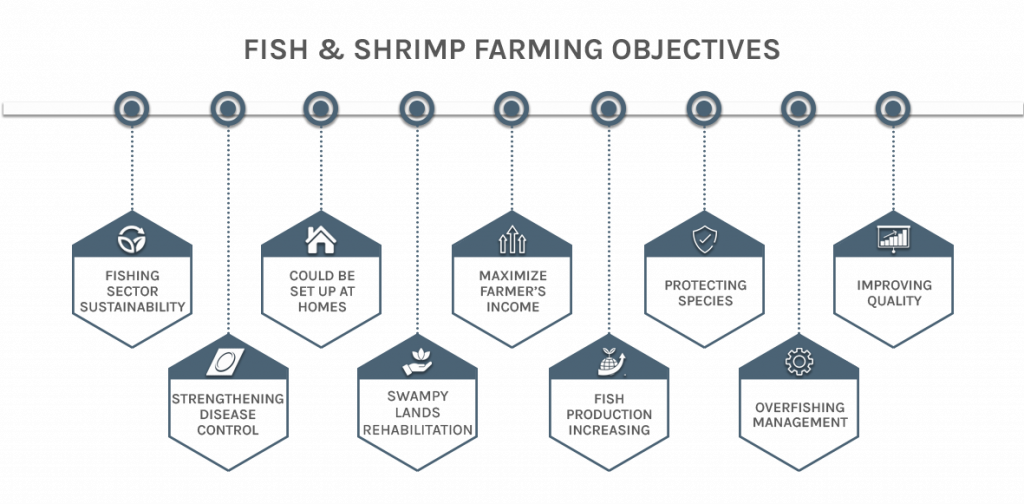
The most important fish species produced in fish farming are:
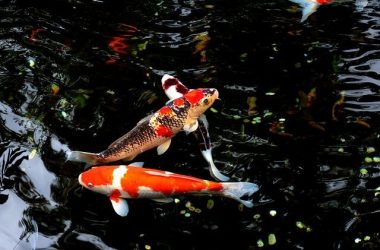
CARP
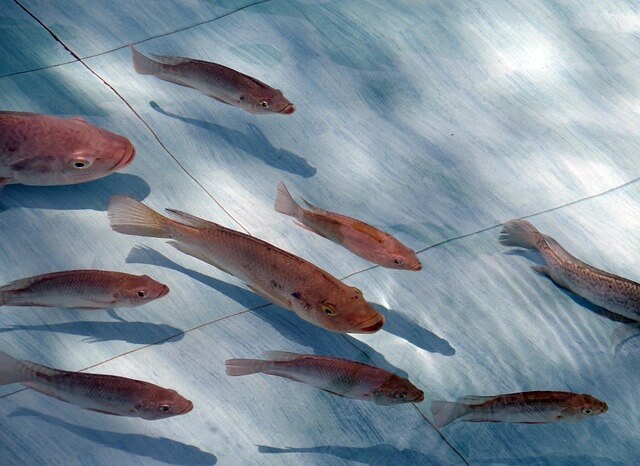
TILAPIA
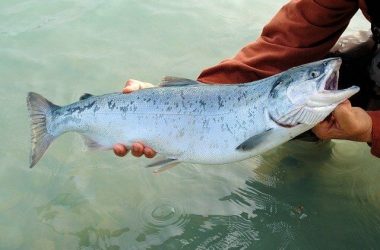
SALMON
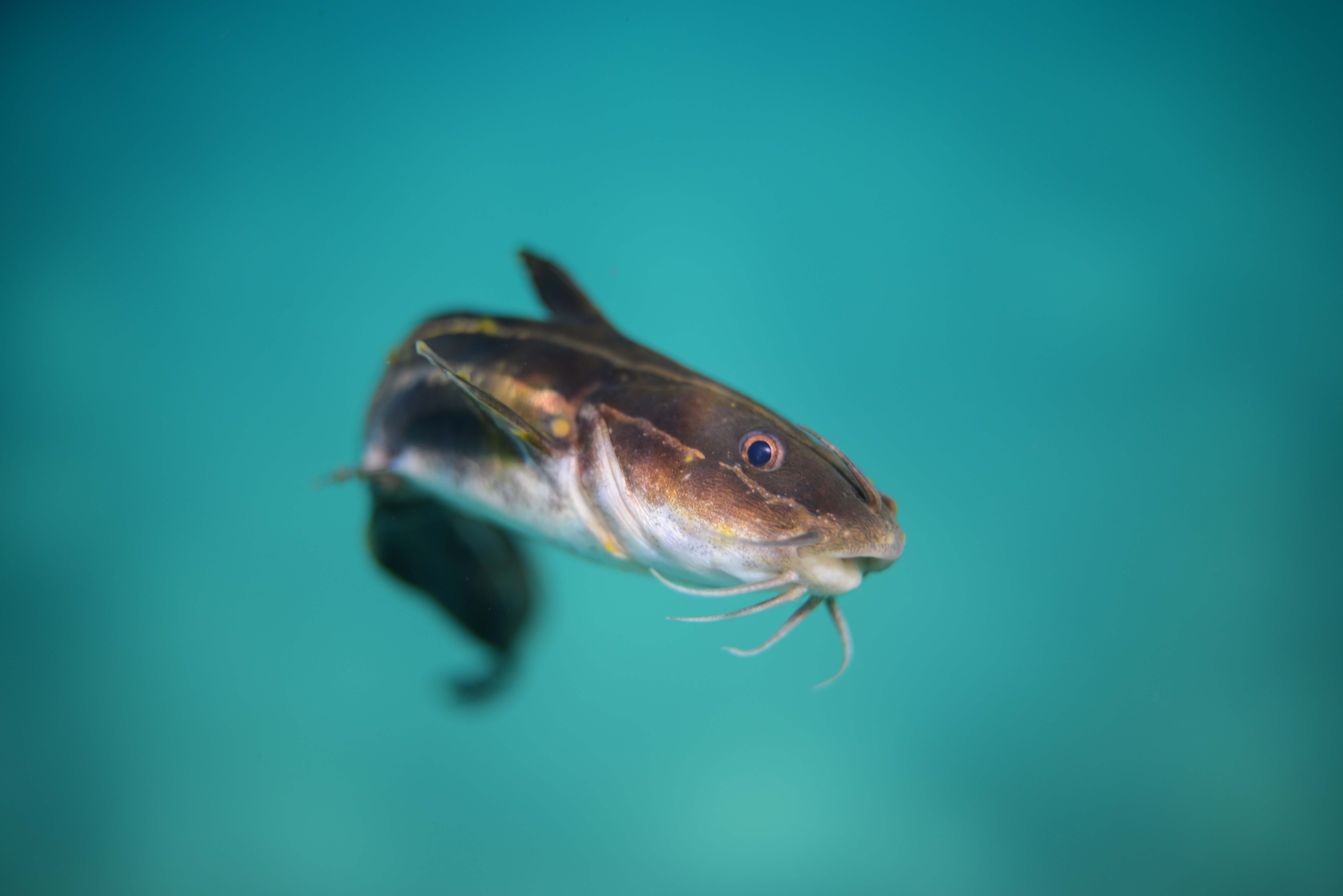
CATFISH
TYPES OF FISH FARMS THAT UTILIZE DIFFERENT AQUACULTURE METHODS
01
CAGE SYSTEM
The cage system method uses cages that are placed in lakes, ponds, rivers, or oceans to contain and protect fish until they can be harvested. Fish are stocked in cages, artificially fed, then harvested when they reach the market size. However, the number one concern of the cage method is fish escaping among the wild fish population.

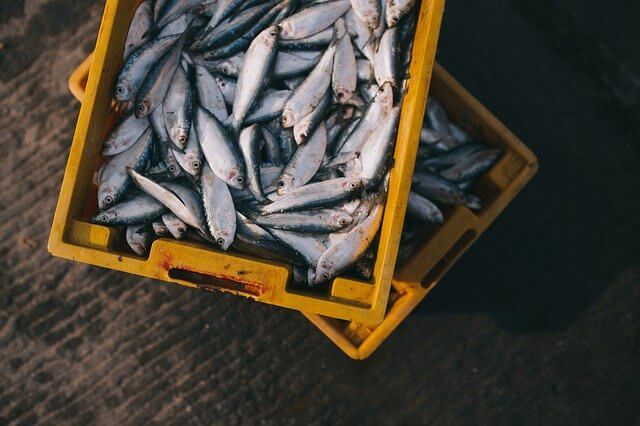
02
COMPOSITE FISH CULTURE
Composite fish culture is a type of fish farming that allows a combination of five or six fish species from both local and imported fish species to coexist in the same pond. These fish species are always carefully chosen to ensure that they can coexist and reduce competition for food. In optimal conditions, the system produces 3000–6000 kg of fish per hectare per year.
03
INTEGRATED RECYCLING SYSTEMS
Integrated recycling systems are considered the largest scale method of “pure” fish farming. It consists of large plastic fish tanks placed in a greenhouse, and hydroponic beds placed near, above, or between them. Tilapia raised in tanks can eat the naturally grows in tanks algae. Most farmers concentrate on herbs such as parsley and basil. That has premium prices per small quantities all year long.
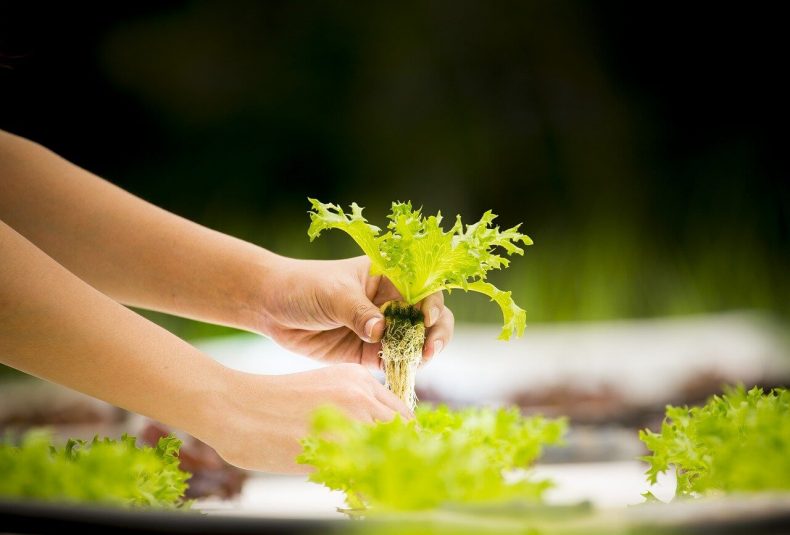
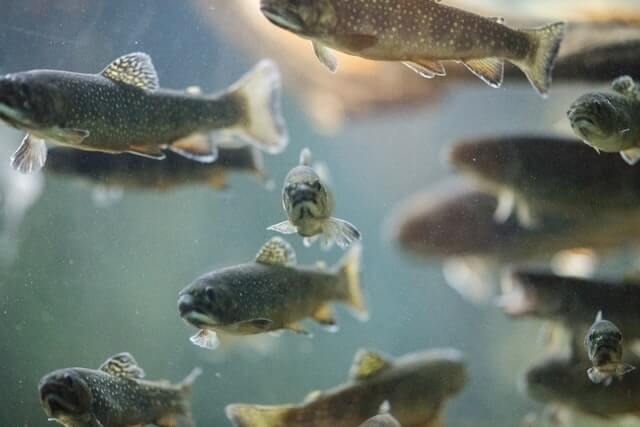
04
CLASSIC FRY FARMING
Classic fry farming is also known as the Flow-Through system. Sportfish, such as Trout, are often raised from eggs to fry or fingerlings before being trucked to streams and released into streams to live the full life cycle until they are recaptured as adults.
05
IRRIGATION DITCH OR POND SYSTEMS
The basic requirement for this method is having a ditch or a pond that retains water. At a small level, fish are artificially fed, then the fish waste used to fertilize farmer’s fields. While in a broader scale, the pond is self-sustaining because it grows plants to feed the fish. Tilapia feed on algae, catfish feed on the pond bed, and carp species feed on zooplankton are only a few examples.
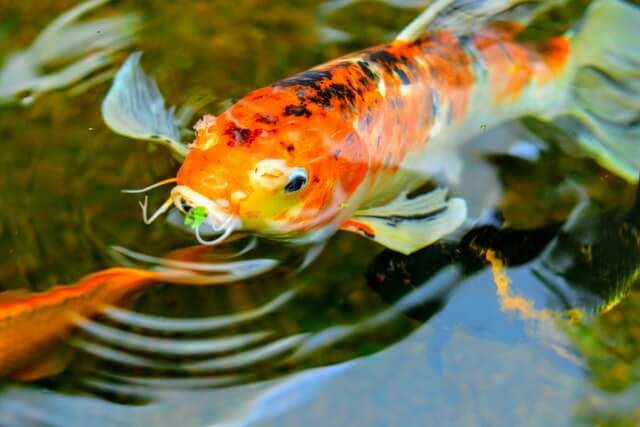
Fish from fish farms must taste good. So the fish farm has to be controlled perfectly. That is the reason why STTE has entered partnerships with the most popular fish and shrimp farm manufacturers in the world.
